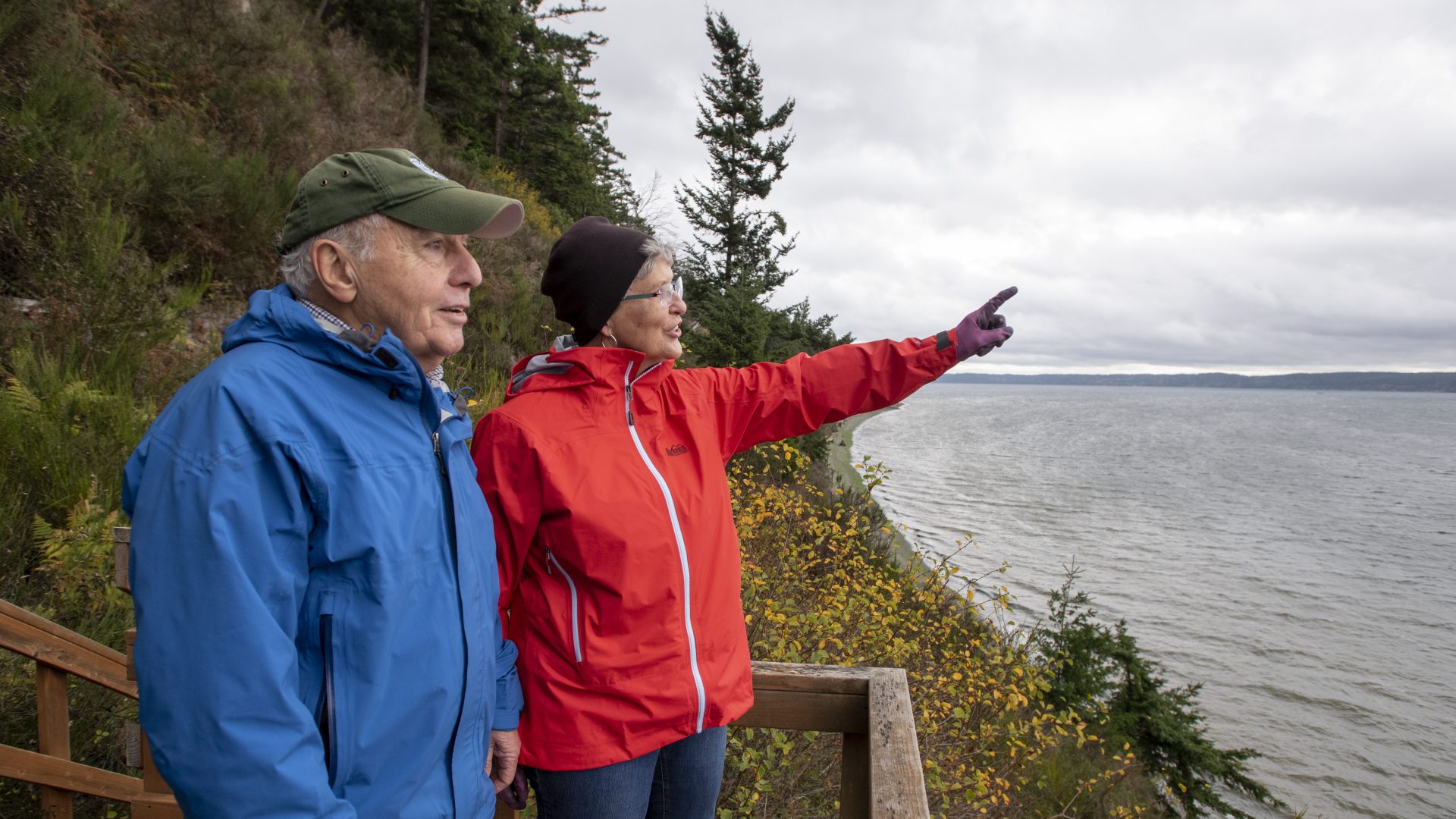Owning a waterfront property is a dream come true for many homeowners. Shoreline properties come with special responsibilities because their vulnerability to erosion, flooding, and exposure to the elements. Use these design techniques to protect your property and the future.
Stormwater management can minimize erosion on bluffs and banks. This might mean installing underground drainage, adding new plants in wet areas, or collecting rainwater to reduce runoff. Even small changes to drainage can have unforeseen impacts to bluffs and shorelines, so consult with a professional before starting a stormwater project.
Assess your site’s unique environmental patterns and considerations, including geology, sediment flow, wave conditions, and plant species. The assessment will help you determine which design techniques will work best on your property.
Use vegetation to protect against erosion. Native plants are exceptionally adapted to hold soils together, stabilize slopes, and absorb rainwater. In addition, shoreline vegetation provides food and habitat for wildlife and marine animals including salmon.

Beach nourishment involves placing sand and rounded gravel on the beach to reestablish upper beach and back shore, or to create protective storm berms. This design technique slows beach erosion and provides wind and storm protection.
Removing old, unnecessary, or poorly designed bulkheads and restoring natural shorelines has many benefits. Often, bulkheads and hard armor interrupt natural ocean flows, changing how waves and sediment interact with the shore. Returning the waterfront to a natural shoreline can restore the near shore ecosystem and
provide a beautiful, natural look to the beach.
Log placement uses large logs and other woody debris along the upper beach to mimic natural driftwood accumulation. The debris offers natural erosion protection and provides habitat and food sources to the shoreline ecosystem.
Want to print this article?

